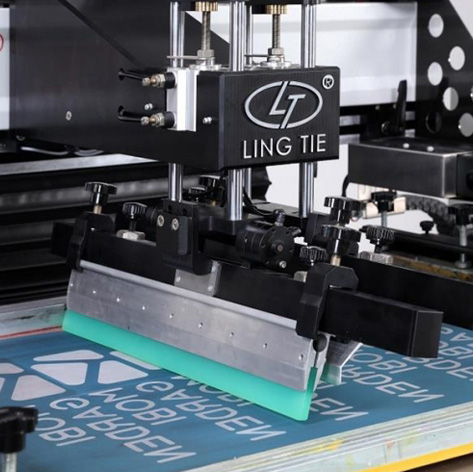3D printing has revolutionized the manufacturing industry, allowing for the creation of complex and intricate designs with ease. However, not all materials can be 3D printed. In this article, we will explore the materials that cannot be 3D printed and the reasons behind it.
- Metals with High Melting Points
Metals with high melting points, such as tungsten and molybdenum, cannot be 3D printed using traditional methods. This is because the heat required to melt these metals is too high for most 3D printers to handle. However, there are specialized 3D printers that can print with these metals using a process called selective laser melting (SLM).
- Glass
Glass is a notoriously difficult material to 3D print due to its brittle nature and tendency to shatter. While there have been some advancements in glass 3D printing, it is still not widely available or practical for most applications.
- Certain Plastics
While many plastics can be 3D printed, there are some that cannot. For example, PVC (polyvinyl chloride) cannot be 3D printed due to the toxic fumes it emits when heated. Additionally, some plastics are too flexible or too brittle to be 3D printed effectively.
- Organic Materials
Organic materials, such as wood and bone, cannot be 3D printed using traditional methods. This is because they are made up of complex structures that are difficult to replicate using a 3D printer. However, there are some specialized 3D printers that can print with organic materials using a process called bioprinting.
- Food
While it may be possible to 3D print food, it is not practical for most applications. The technology is still in its early stages, and the cost and complexity of 3D food printing make it impractical for most consumers.
In conclusion, while 3D printing has opened up a world of possibilities for manufacturing, there are still some materials that cannot be 3D printed using traditional methods. However, as technology continues to advance, it is likely that more materials will become available for 3D printing in the future.

